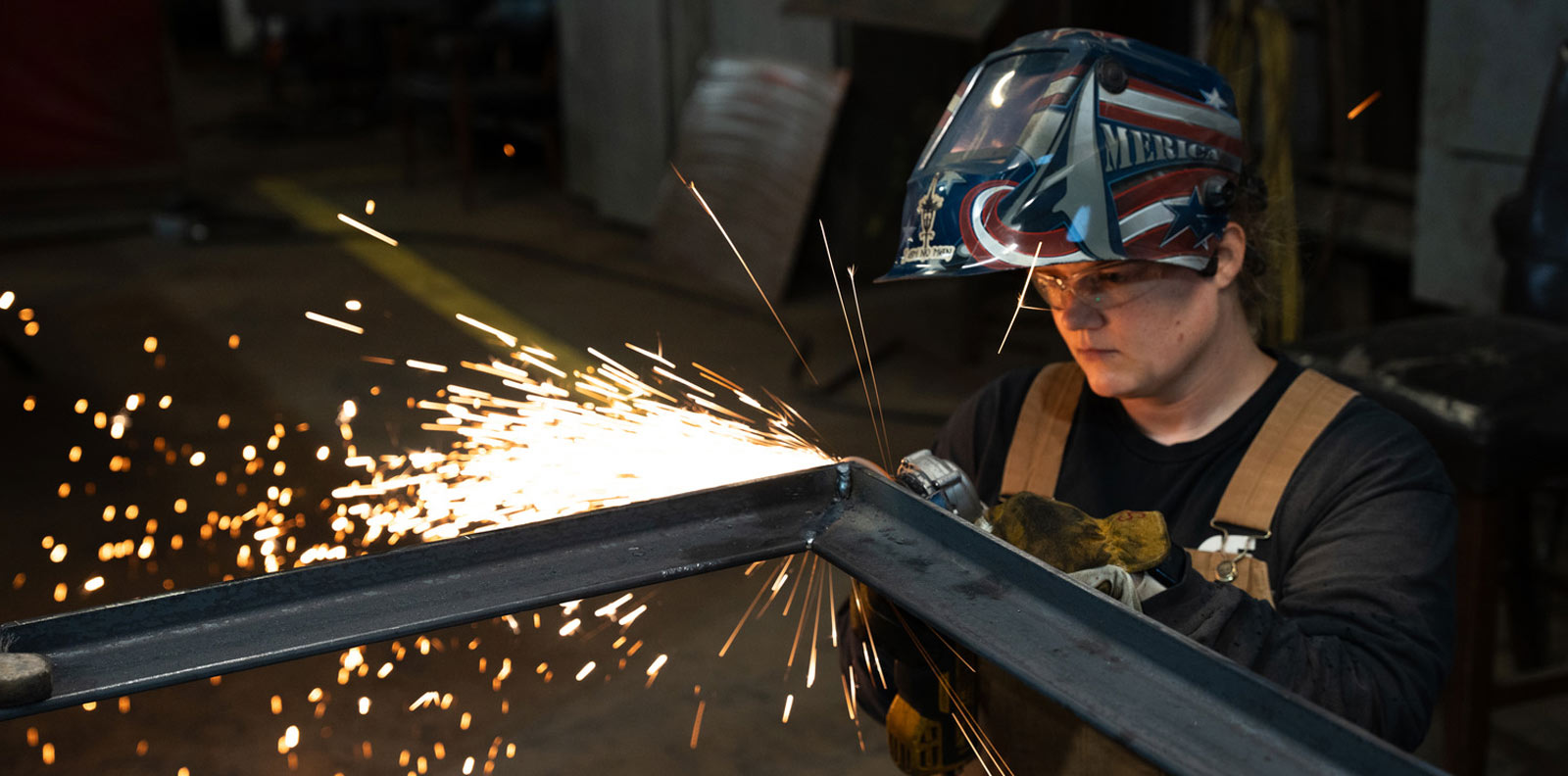RSI is a Great Training Option for Everyone
Learn more about how we can prepare you to advance your career.
For HVAC customers, energy efficiency and quality climate control are important. One technology that helps customers save money and live more comfortably is Variable Air Volume (VAV). VAV systems are mostly used in commercial buildings, providing flexible and efficient temperature management.
Defining Variable Air Volume (VAV)
Variable Air Volume (VAV) refers to an HVAC system design that controls the amount of air delivered to different spaces in a building to maintain comfortable temperatures. Unlike Constant Air Volume (CAV) systems, which provide a fixed airflow, VAV systems allow control to customers that have different temperature needs in various zones. The essential aspects of a VAV system include:
- Air Handling Unit (AHU): The central unit that conditions the air.
- VAV Terminal Boxes: Devices installed in the ductwork of each zone to control the airflow.
- Smart Thermostats: Control devices that keep the temperature in a comfortable range in individual zones.
- Ductwork and Diffusers: How the HVAC system delivers cool or heated air to individual zones.
How Does Variable Air Volume Work?
The VAV system adjusts airflow to different building zones based on the needs of those working or living there. Here’s how the process works:
Air Handling Unit (AHU) Operation
The air handling unit sets the desired temperature by cooling or heating it. Once the temperature is set, air is distributed through the duct system to individual zones.
Thermostat Feedback
Each zone is equipped with a thermostat that monitors the temperature. When the temperature goes too high or too low, the thermostat makes the change in temperature using the VAV terminal box.
Get Started on the Path to a New Career
Fill out our form to learn how we can help you change your life.
VAV Terminal Box Adjustment
The VAV terminal box adjusts the amount of air in each zone by opening or closing a damper.
System Balancing
The central AHU adjusts its fan speed based on your heating and cooling needs. This makes the HVAC unit energy efficient because it only turns on when needed, rather than constantly using energy.
What Are the Benefits of Variable Air Volume?
There are many benefits to using VAV systems versus constant flow systems. These benefits include:
Benefit #1: Energy Efficiency
VAV systems are more energy-efficient than constant air volume systems because they adjust airflow based on the needs of the people working or living in the building. A VAV system can change the energy used to power the fan and, therefore, reduce energy usage to keep the area hotter or colder. For example, a business will only need to heat or cool a conference room when it is being used. Therefore, the VAV system can make energy-efficient decisions to keep the room at the proper temperature without wasting energy.
Benefit #2: Enhanced Comfort and Climate Control
VAV systems allow you to control the temperature in each building zone, offering everyone a comfortable environment. The VAV system has a thermostat in each zone to monitor airflow needs. More advanced VAV systems offer lower fan speeds to reduce the noise level in the zone. Because it can be distracting to listen to a clunky HVAC system while you are trying to conduct a client call in the conference room. Plus, you may need to cool one side of a building facing the sun, while the other side of the building may need heat if it is too cold.
Benefit #3: Cost Savings
It can be costly to install a VAV system, but long-term savings can make it a good investment. A VAV system can help lower your utility bill and reduce the maintenance costs that you will have to pay when using a constant airflow system. For example, you may not want to use your air conditioning during peak hours because we all know it will cost more to use the same amount of energy during peak hours.
Benefit #4: Flexibility in System Design
VAV systems can evolve with the needs of the building. They can also be integrated with business automation systems to monitor and control airflow better, to increase HVAC system efficiency and performance. For example, a hospital will need precise airflow and temperature control in some areas, like operating rooms and intensive care units, while maintaining a general comfort level throughout the rest of the hospital.
Benefit #5: Sustainability and Environmental Benefits
Energy-efficient HVAC systems can help reduce carbon emissions and lower a business’s environmental impact. Plus, many VAV systems are certified green and energy efficient. This means that a business can promote its lower carbon footprint by using VAV systems, which can help put its mission and values into action.
Final Thoughts
For commercial buildings, hospitals, schools, and other spaces that need to have a comfortable temperature, VAV systems can be a great solution. As a potential HVAC technician, it is good for you to understand new technologies like VAV systems to better service your clients. The good news is that you will gain this knowledge by attending the HVAC program at The Refrigeration School (RSI). Learn how to help your clients and gain invaluable knowledge that will help you pursue your new career. It’s a win-win!
Want To Learn More?
Ready to start your new career at one of the best HVAC schools in Phoenix? Because HVAC is a hands-on job, technical training is typically required for anyone to enter this field. Many people invest in a trade program to learn the trade skills they need to be safe and effective as professionals. To learn more about our HVAC program offered at the Phoenix, AZ campus, contact us at The Refrigeration School or call 1-888-671-5803.




